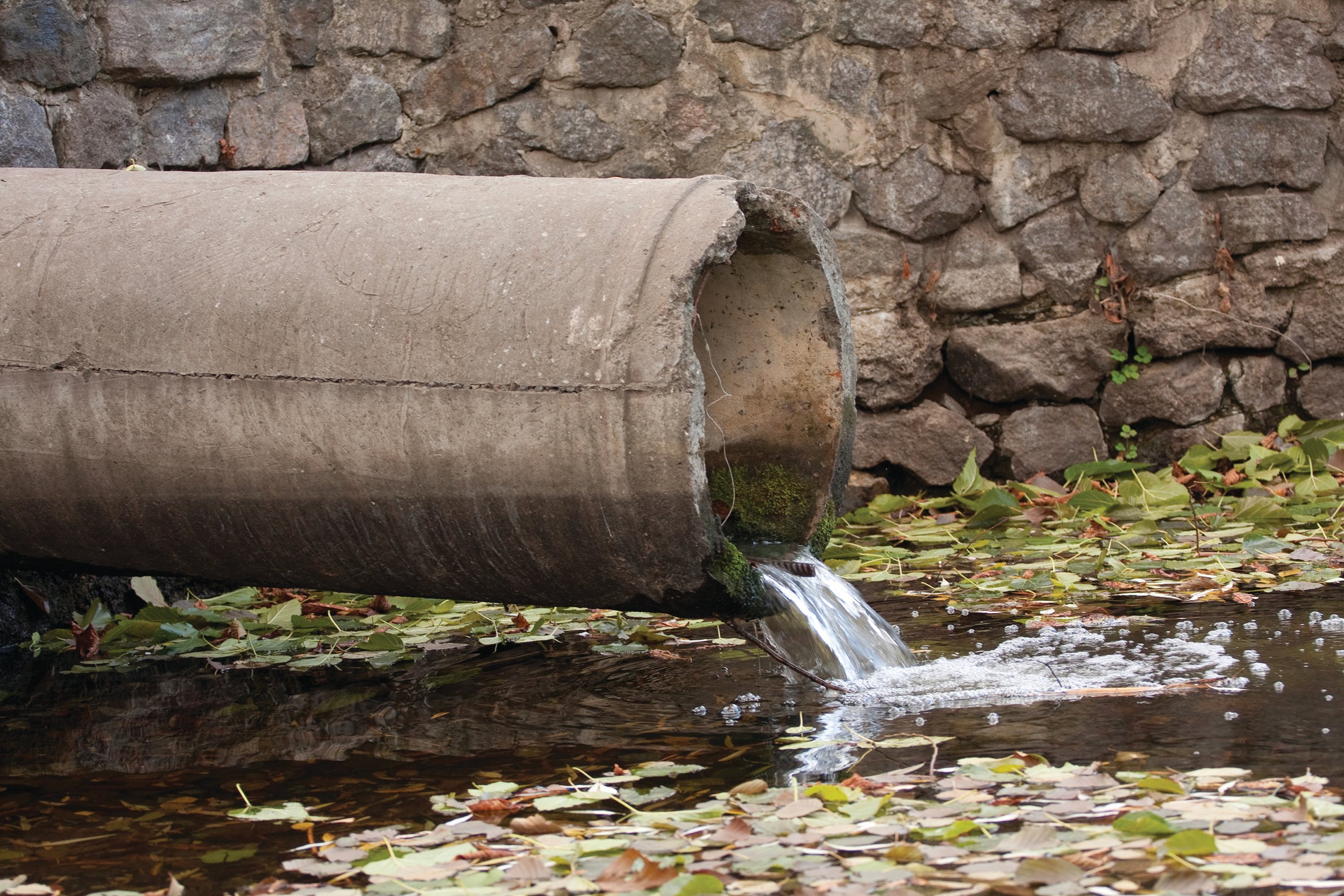A new paper by researchers from the Woods Hole Oceanographic Institution (WHOI), Wright State University, Observatoire Midi-Pyréneés in France, and the Royal Netherlands Institute for Sea Research found that the ocean contains about “60,000 to 80,000 tons of pollution mercury. In addition, they found that ocean waters shallower than about 100 m (300 feet) have tripled in mercury concentration since the Industrial Revolution and that the ocean as a whole has shown an increase of roughly 10 percent over pre-industrial mercury levels.”[i] The paper, which appears in a recent addition of the journal of Nature “provides the first direct calculation of mercury in the global ocean from pollution based on data from 12 sampling cruises over the past 8 years,” and “a look at the global distribution of mercury in the marine environment.”
While mercury is a naturally occurring element, it is also a by-product of human mining and manufacturing operations, from burning coal to making cement. The researchers set out to better understand how much of the mercury in the ocean is a result of human activity or how much is from natural sources. The group looked at data about oceanic levels of phosphate, and by “determining the ratio of phosphate to mercury in water deeper than 1,000 meters (3,300 feet) that has not been in contact with Earth's atmosphere since the Industrial Revolution, the group was able to estimate mercury in the ocean that originated from natural sources such as the breakdown, or ‘weathering,’ of rocks on land.”
Read More


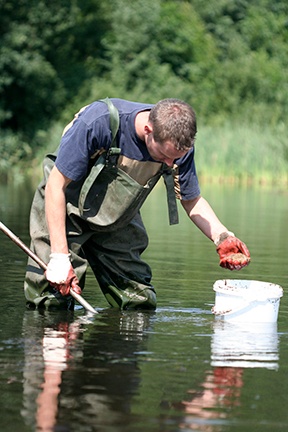
 A research team at Flinders University in Australia has “developed an inexpensive, non-toxic polymer that can absorb hazardous mercury compounds out of water and soil.” The secret ingredient of the polymer is a colorless liquid hydrocarbon that is extracted from the peel of citrus fruits such as lemons, limes and oranges. The process to extract limonene, which gives citrus fruits their smell, includes centrifugal separation and steam distillation.
A research team at Flinders University in Australia has “developed an inexpensive, non-toxic polymer that can absorb hazardous mercury compounds out of water and soil.” The secret ingredient of the polymer is a colorless liquid hydrocarbon that is extracted from the peel of citrus fruits such as lemons, limes and oranges. The process to extract limonene, which gives citrus fruits their smell, includes centrifugal separation and steam distillation.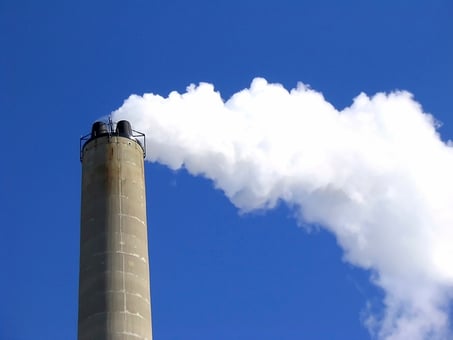

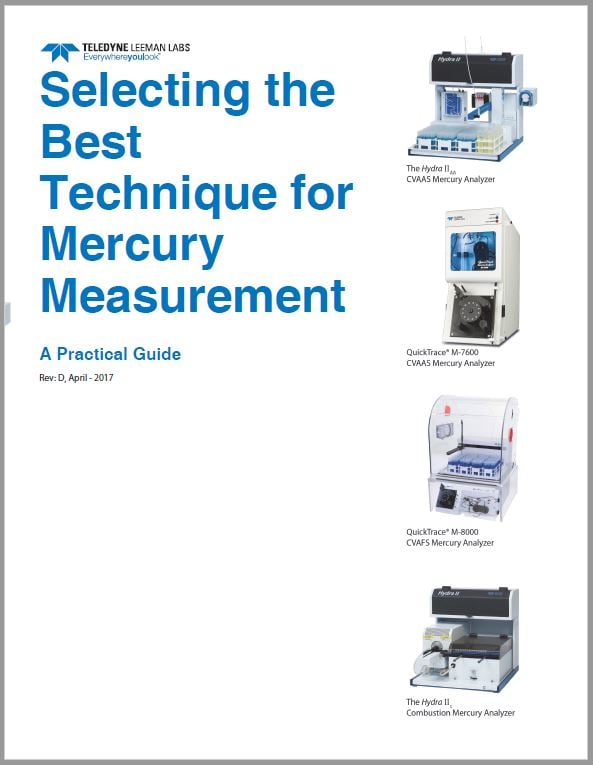

 In 1981 John R. Leeman and Karl Hildebrand founded Leeman Labs to produce analytical instrumentation based on the promise of Inductively Coupled Plasma-Atomic Emission Spectroscopy (ICP-AES) [also referred to as Inductively Coupled Plasma-Optical Emission Spectroscopy (ICP-OES)] to identify and quantify the concentration of elements within a sample.
In 1981 John R. Leeman and Karl Hildebrand founded Leeman Labs to produce analytical instrumentation based on the promise of Inductively Coupled Plasma-Atomic Emission Spectroscopy (ICP-AES) [also referred to as Inductively Coupled Plasma-Optical Emission Spectroscopy (ICP-OES)] to identify and quantify the concentration of elements within a sample.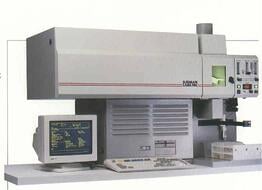 This initial success established Leeman Labs as both an innovator and an expert in ICP-OES and lead the company to endeavor into other realms of atomic spectroscopy adding the DC Arc technique and Mercury Analysis to its line of analytical instrumentation. In 2004 Leeman Labs was acquired by Teledyne technologies to augment Teledyne's existing laboratory and continuous monitoring instruments used in environmental applications, and complement Teledyne Tekmar's organic analysis instrumentation.
This initial success established Leeman Labs as both an innovator and an expert in ICP-OES and lead the company to endeavor into other realms of atomic spectroscopy adding the DC Arc technique and Mercury Analysis to its line of analytical instrumentation. In 2004 Leeman Labs was acquired by Teledyne technologies to augment Teledyne's existing laboratory and continuous monitoring instruments used in environmental applications, and complement Teledyne Tekmar's organic analysis instrumentation.